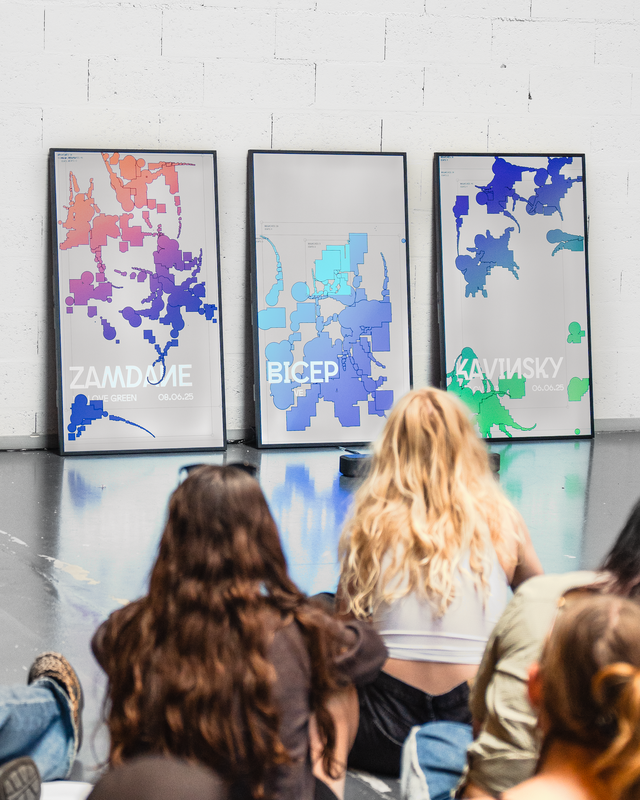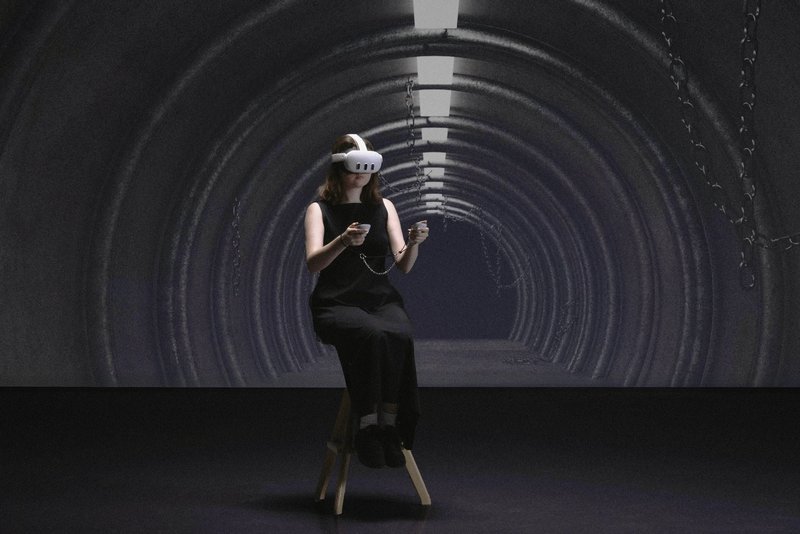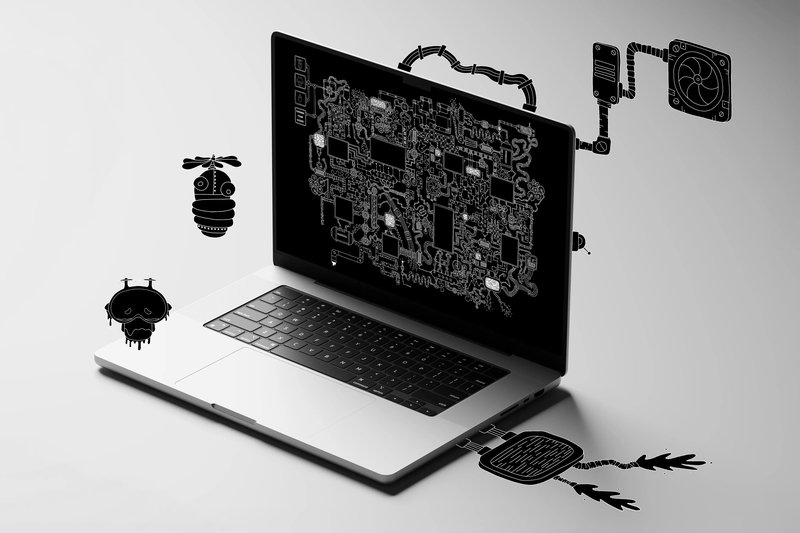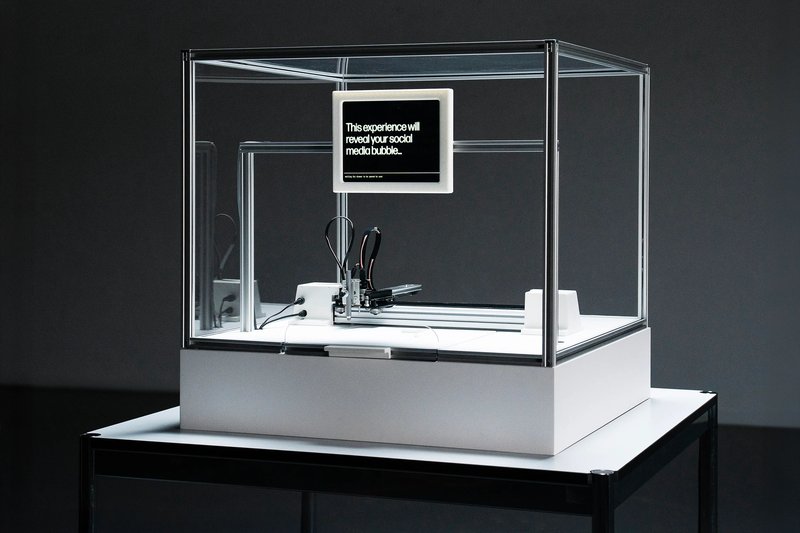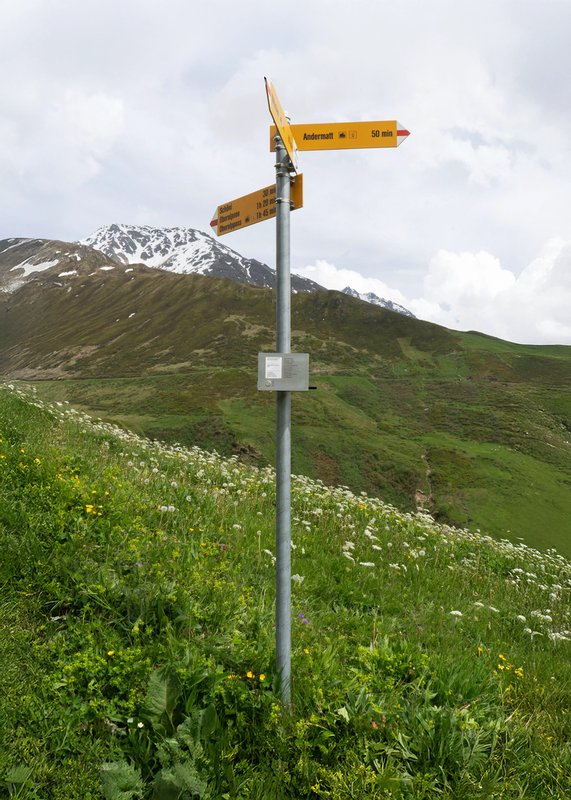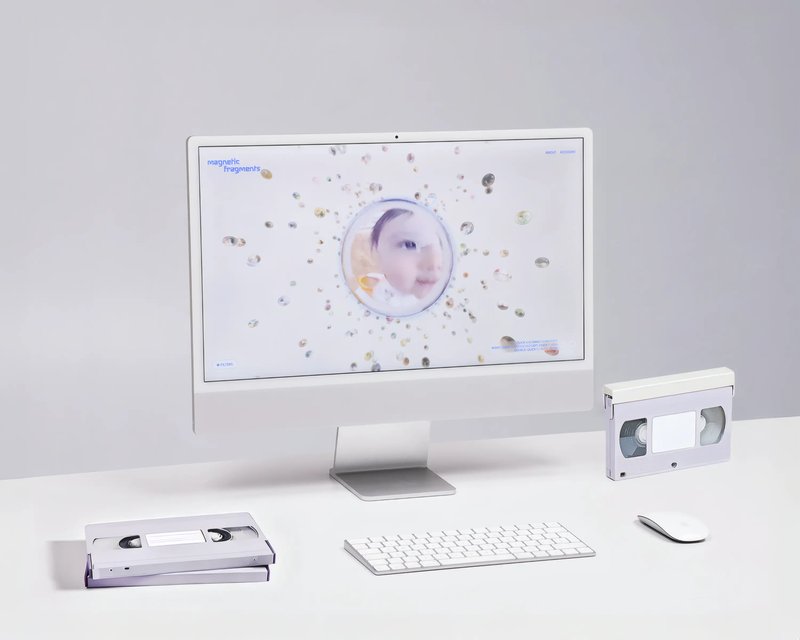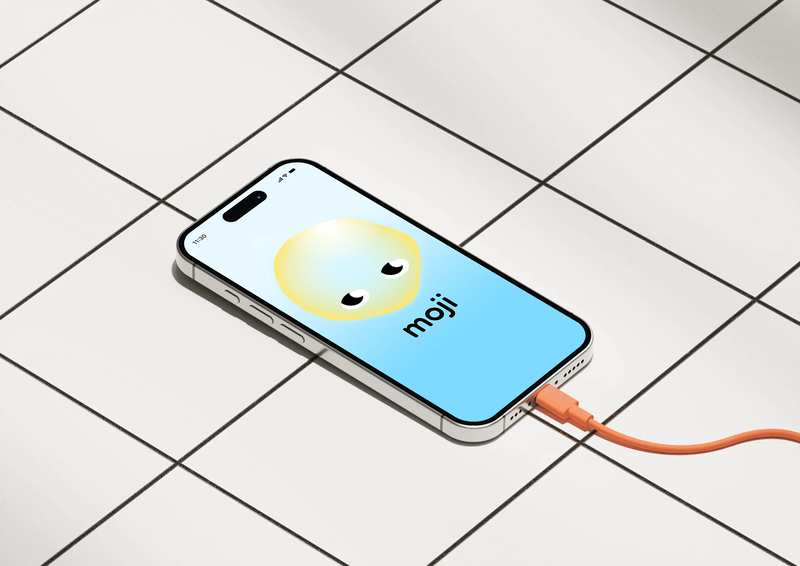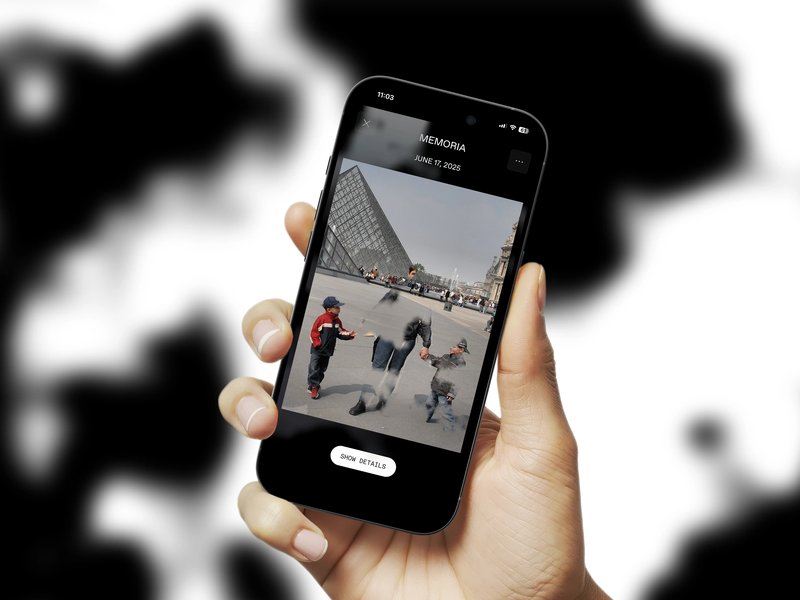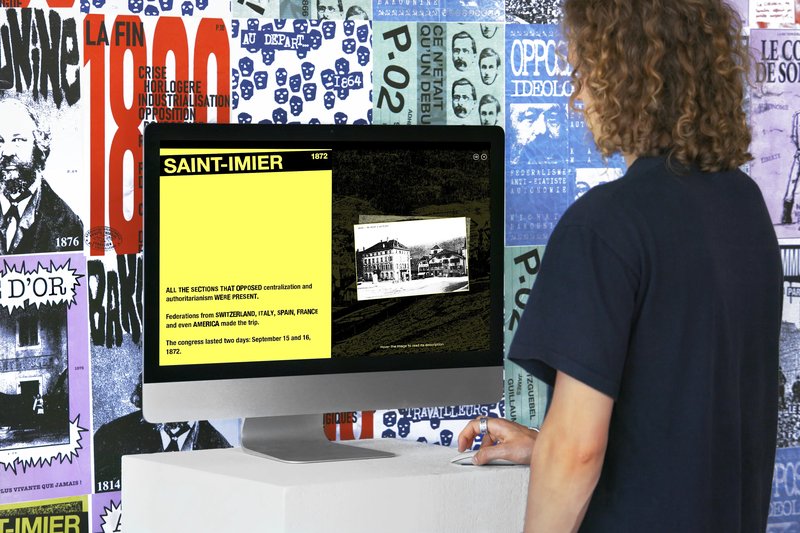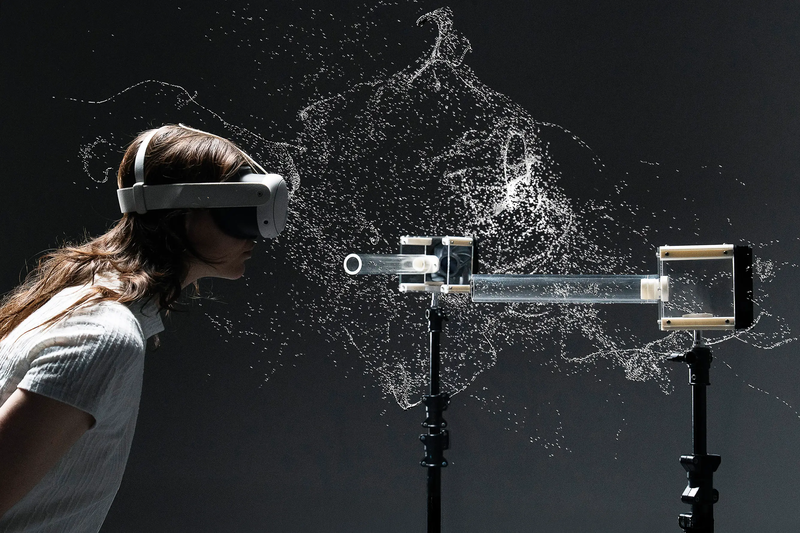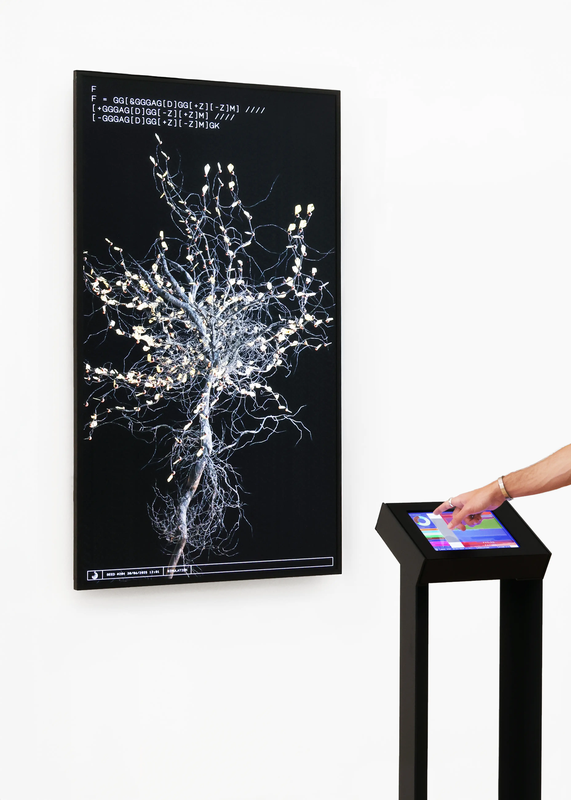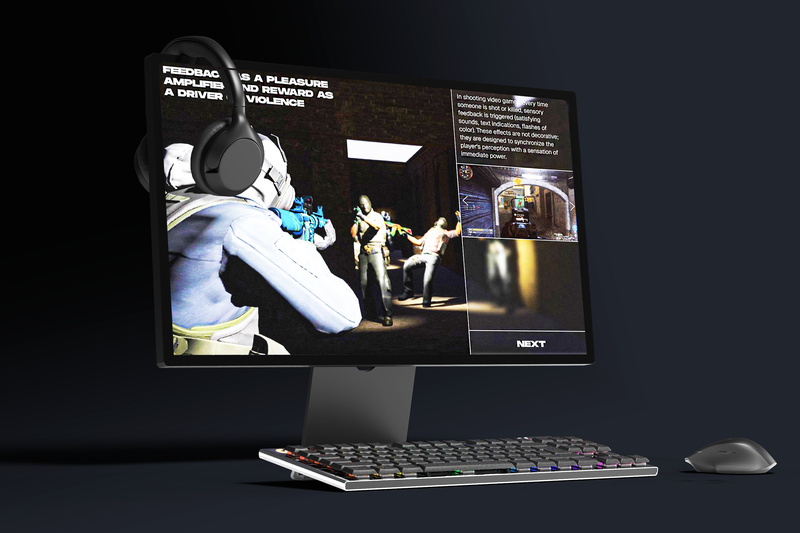Aaron Jablonski, Berlin
Andrea Anner (AATB)
Andreas Refsgaard, Copenhague
Antoine Bertin, Paris
Christian Mio Loclair (Waltz Binaire), Berlin
Claire Eliot (Studiotech)
Daniël Maarleveld, Amsterdam
Dirk Koy, Basel
Dries Depoorter, Ghent
Gene Kogan, Berlin
Hayden Zezula (Zolloc), New-York
Ines Alpha, Paris
Jesse Howard, Amsterdam
Jessica In, London
Lloyd Henning (Foxdog Studio), Manchester
Luca Zanotto, Helsinki
Marcelo Coelho (MIT)
Mario De Vega, Mexico City
Marion Pinaffo (Pinaffo Pluvinage), Paris
Mitch Paone (DIA Studio), New York
Nicolas Barradeau, Paris
Niels van der Donk (YONK)
Niklas Hagemann, Boston
Marc Schütz (Schultzschultz), Francfort
Peter Sutton (Foxdog Studio), Manchester
Raphaël Pluvinage (Pinaffo Pluvinage), Paris
Roel Wouters (Studio Moniker), Amsterdam
Samy La Crapule, Paris
Ted Davis, Basel
Thibault Brevet, Zurich
Thomas Traum, London
Tim Rodenbröker, Paderborn
Victoria Young (YONK)
Vincent Schwenk, Berlin
Yehwan Song, Seoul
Yuri Suzuki, London
Zach Lieberman, New-York

